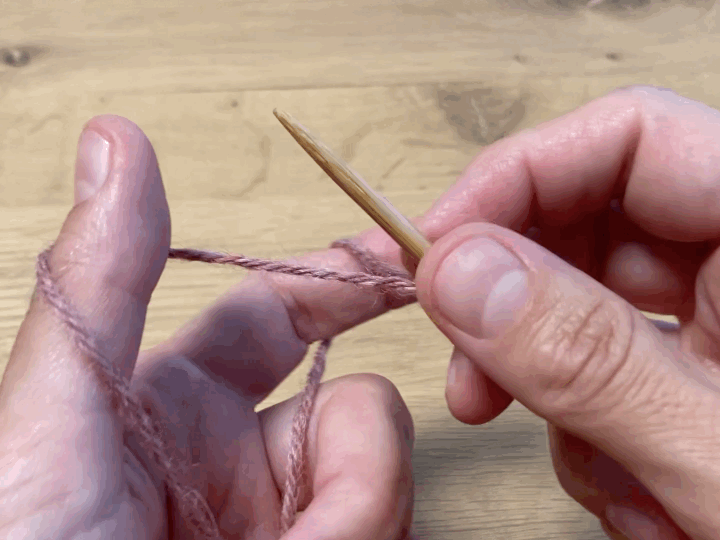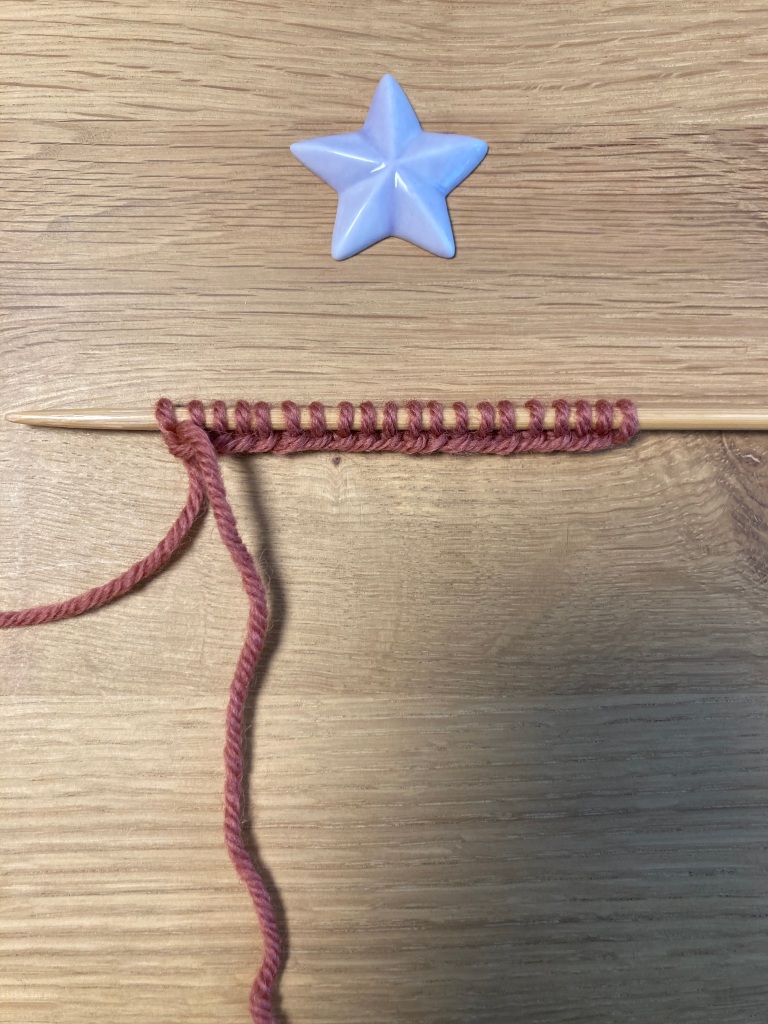How to slip the first stitch purlwise

This square is worked in garter stitch with slipped stitches at the edges.
(Garter stitch is the pattern formed when you knit all stitches in all rows.)
With this square you’ll be learning how to slip the first stitch of every row purlwise. This will create a smooth selvedge, which will make life easier for you when you get to assembling the squares. It will also prepare you for the purl stitch.
You already know how to
Instructions
Cast on 27 stitches.

Notice that when you cast on, a ridge is formed on the side of the work facing away from you. This ridge should be on the wrong side of the work. This means that the first row you knit will be a wrong side row.


This means that the first row you knit will be a wrong side row.
Row 1: Slip the first stitch purlwise with the yarn in front, knit the remaining 26 stitches.

Notice that after knitting the first (and every following) odd-numbered row, a ridge is formed on the right side of your knitting (the side facing you, when the cast-on tail is bottom left).
To be more precise, whenever you knit a row, a series of Vs is formed on the side facing you, and a ridge is formed on the side facing away from you.
Next and all following rows: Slip the first stitch purlwise, knit the remaining 26 stitches.
Keep knitting this way until there are 24 ridges on the right side. This means you will have knitted 47 rows in total.
Cast off all stitches.

When you get to the last stitch, cut the yarn leaving a tail of 10cm (4in) and pull it through the stitch.
Using a tapestry needle, weave in the ends diagonally following the direction of the stitches.
You should weave in at least 5cm (2in) before cutting off the rest of the tail.
Anna’s tips 😉
🧶 I like to cast on and cast off using a slightly larger needle than the ones I will be knitting with – in this case 5mm (US size 8 or UK size 6). To do this, cast on the stitches using a larger needle. Knit the first row using a 4mm needle. Put aside the larger needle. Continue knitting with the pair of 4mm needles. When you have knitted 47 rows, use the larger needle to work the cast off row.
🧶 If you do not have a larger needle, make sure to cast on and off loosely.
🧶 It may take some experimenting until you find the perfect needle size and tension for your cast on and cast off edges.
Geeky Notes 🤓
Why slip the first stitch?
When all stitches are knitted, the selvedge looks like a series of small knots.

However, a smoother selvedge is preferable if you are to join the squares.
When slipping the first stitch, a chain is formed at the selvedge, making the pieces much easier to join.
Other than that, it’s a matter of personal preference, whether you prefer to slip the first stitch.
If you successfully completed this square, you have learned how to
- slip the first stitch purlwise
